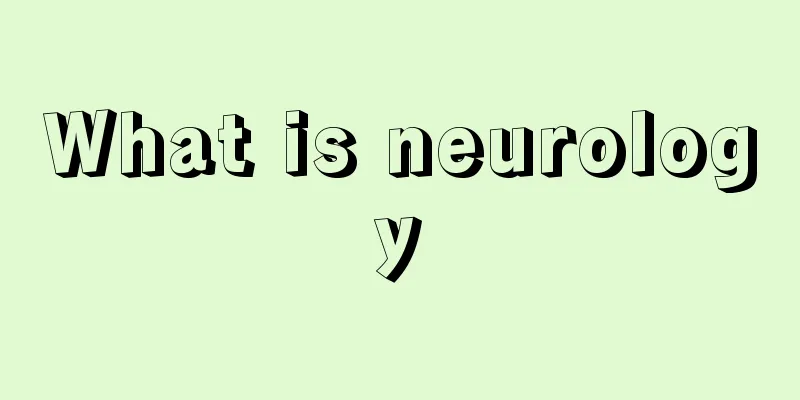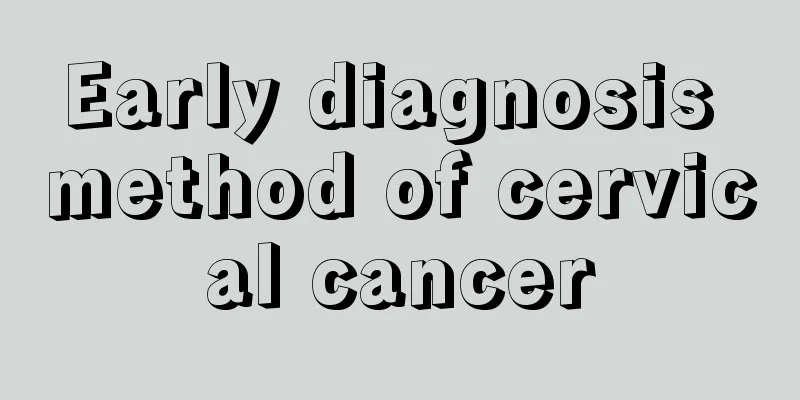What is neurology

|
It is unbelievable that neurology is used to treat mental illnesses. It is a secondary discipline, mainly used to treat patients' cerebrovascular diseases, headaches, neuralgia, etc. It can also be used to treat epilepsy, mental illness, etc. Because all human activities are allocated by the brain, the spirit is an important support, so psychiatry is also relatively important. So what is psychiatry? It is a secondary discipline related to neurology. It does not belong to the concept of internal medicine. The main diagnosis and treatment are cerebrovascular diseases (cerebral infarction, cerebral hemorrhage), migraine, brain inflammatory diseases (encephalitis, meningitis), myelitis, epilepsy, dementia, metabolic diseases and genetic diseases, trigeminal neuralgia, sciatica, peripheral neuropathy and myasthenia gravis, etc. The main examination methods include head and neck MRI, CT, ECT, PETCT, electroencephalogram, TCD (transcranial Doppler ultrasound), electromyography, evoked potential and hemorheology examination. At the same time, we work with the Department of Psychology to diagnose and treat functional diseases such as neurasthenia and insomnia. Facial nerve palsy is divided into central and peripheral types. Central It is caused by damage to the supranuclear tissue (including the cortex, cortical brainstem fibers, internal capsule, pons, etc.), resulting in paralysis of the lower facial muscles on the opposite side of the lesion. From top to bottom, the symptoms include shallowing of the nasolabial groove, drooping corners of the mouth when showing teeth (or tilting of the corners of the mouth toward the side of the lesion, which is the opposite side of the paralyzed facial muscles), inability to whistle or puff out cheeks, etc. It is common in cerebrovascular diseases, brain tumors and encephalitis. Peripheral It is caused by damage to the facial nerve nucleus or facial nerve, resulting in paralysis of all facial muscles on the same side of the lesion. From top to bottom, it manifests as an inability to frown, frown, close eyes, disappearance of corneal reflex, shallowing of nasolabial groove, inability to show teeth, puff out cheeks, whistle, and drooping corners of the mouth (or the corners of the mouth deviate to the opposite side of the lesion, that is, the opposite side of the paralyzed facial muscles). It is more common in peripheral facial nerve paralysis caused by cold, ear or meningeal infection, and neurofibroma. In addition, taste disturbances may occur in the anterior 2/3 of the tongue. Clinical manifestations Most patients often find that one side of their cheek becomes stiff and their mouth becomes crooked when they wash their face or rinse their mouth in the early morning. In patients with complete paralysis of the facial expression muscles on the affected side, forehead wrinkles disappear, palpebral fissures widen, nasolabial grooves become flat, corners of the mouth droop, and the corners of the mouth deviate toward the healthy side when teeth are exposed. The affected side should not frown, knit brows, close eyes, puff out air, or purse lips. When puffing out cheeks and whistling, air leaks out because the lips on the affected side cannot close. When eating, food residues often remain in the buccal space on the affected side, and saliva often flows down from that side. Because the lacrimal points are turned inward with the lower eyelid, the tears cannot be drained normally and overflow. It is divided into two types: peripheral and central (see the classification of facial nerve palsy). Among them, peripheral facial paralysis has a high incidence rate, and the most common ones are facial neuritis or Bell's palsy. What people usually call facial paralysis in most cases refers to facial neuritis. Because facial paralysis can cause a very strange facial appearance, it is often called a "disfiguring disease." |
>>: What diseases does neurology treat?
Recommend
What is embolization interventional therapy for liver cancer? Is it a treatment method?
Among many diseases, cancer is the most terrible....
Will having a fever help me lose weight?
Colds and fevers are very common diseases in norm...
My ankle isn't sprained, but it hurts for no apparent reason
Many people accidentally step on their feet when ...
What are the general manifestations of liver cancer? Clinical signs and symptoms of liver cancer
Liver cancer is a common malignant tumor in clini...
What to do if liver disease virus index is high
Virus-induced liver disease is very serious becau...
Is it okay to be active in the late stage of lung cancer?
Is it okay to be more active in the late stage of...
What to do if you accidentally eat a cockroach
We all know that the most common animal in daily ...
The correct way to wipe your face
Women will use a variety of skin care products af...
What should a woman do if she finds out about colorectal cancer before getting pregnant
The occurrence of colorectal cancer is closely re...
The correct way to soak your feet in salt water
Foot soaking has been loved by more and more peop...
What is the best age to get braces?
In life, we often see people with very crooked te...
Can drinking coix seed and milk together cure baby's dry intestines?
If parents find some abnormal conditions in their...
What harm does eating rotten eggs do to your body?
Eating rotten eggs can cause obvious food poisoni...
Can corn silk treat high blood pressure? How to treat it?
Corn is a kind of grain we use for daily cleaning...
What are the dangers of prostate cancer
Prostate cancer is one of the most common disease...









